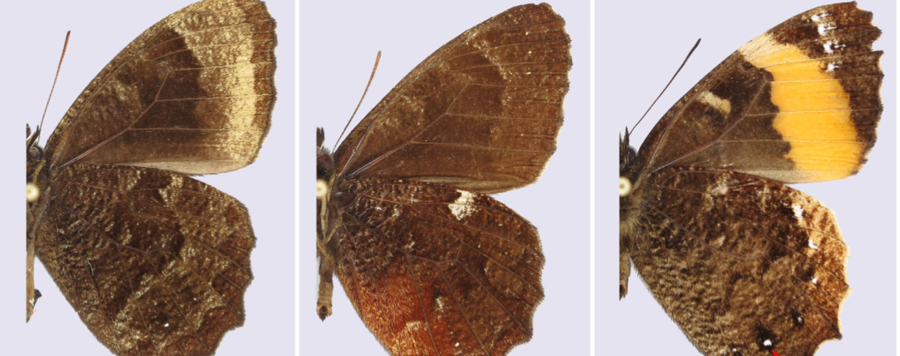
A new genus in the diverse Andean Pedaliodes complex uncovered using target enrichment (Lepidoptera, Nymphalidae).
A new genus of Neotropical Satyrinae butterflies, Viloriodes Pyrcz & Espeland gen. n. is described in the Pedaliodes Butler complex comprising 11–13 genera and more than 400 species. Support for the new genus is provided by a phylogenetic analysis based on target enrichment (TE) data including 618 nuclear loci with a total of 248,940 nucleotides, and the mitochondrial gene cytochrome oxidase subunit 1 (COI). Five species, whose DNA sequences were obtained by TE during this study, form a strongly supported clade sister to the large clade comprising Pedaliodes and four other genera. Complementary COI analysis confirms the monophyly of Viloriodes gen. n., with the above five plus eight other species clustering in highly supported clades in both Bayesian Inference and Maximum Likelihood analyses, and a TE + COI concatenated tree. Based on molecular and morphological data, 30 species are assigned to Viloriodes gen. n. The new genus can be recognized by a set of subtle morphological characteristics of colour patterns and male and female genitalia. An analysis of divergence times indicates that Viloriodes gen. n. and Steromapedaliodes Forster separated around 5.9 Mya. Viloriodes gen. n. has a wider geographic distribution than any other genus of the Pedaliodes complex, being found from central Mexico to northern Argentina and to the Guyana Shield, typically occurring at lower elevations than Pedaliodes.





